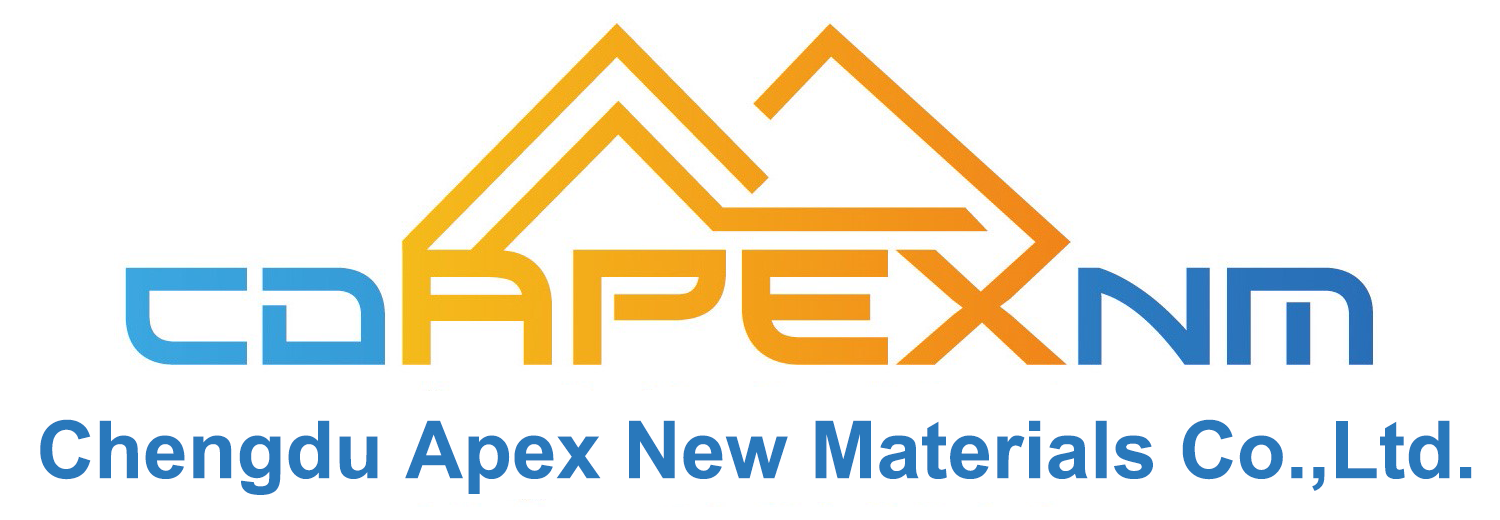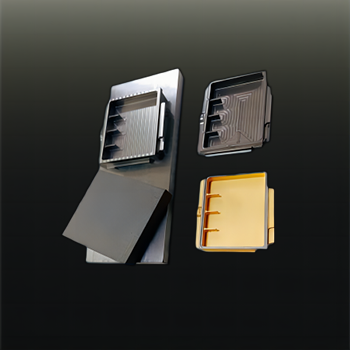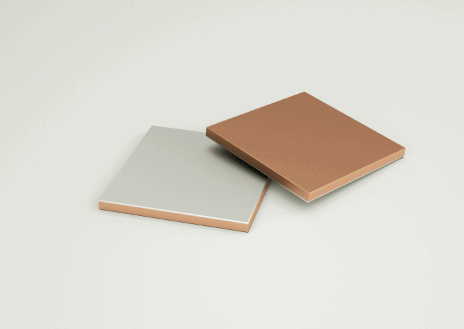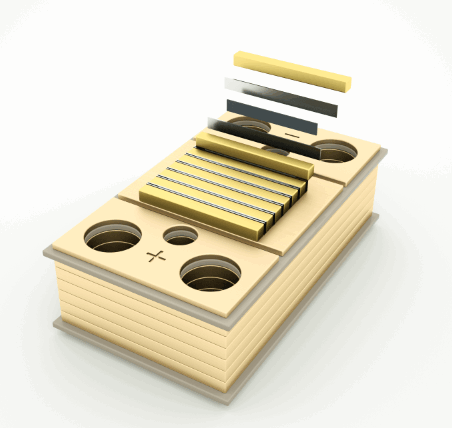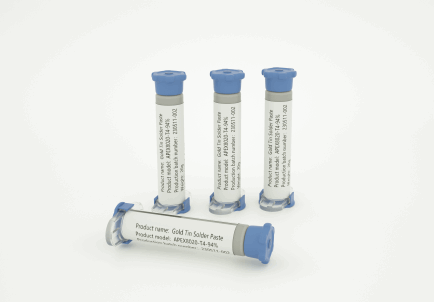Introduction to the Production Process of Copper-Aluminum Composite Strip
Introduction to the production process of copper-aluminum composite strip
The production processes of copper-aluminum composite strip are diverse, and each process has its unique characteristics and scope of application. The following is a detailed introduction to several major copper-aluminum composite strip production processes:

1. Rolling composite method
· Basic principle: The pressure generated by rolling causes the copper layer and the aluminum layer to undergo plastic deformation together, resulting in the fracture of the surface metal layer, activation of the inner layer, and cleaning of the metal, thereby achieving metallurgical bonding. Asynchronous rolling composite, cold rolling composite, and hot rolling composite all belong to the rolling composite method.
· Pretreatment: Usually includes surface treatment, such as using a combination of mechanical and chemical methods to improve the treatment effect to ensure the cleanliness and roughness of the metal surface, which is conducive to heat diffusion, plastic deformation, and sufficient stress.
· Advantages: High production efficiency, simple process, and high composite strength. In particular, when the reduction is equal to the rolling temperature, the resulting composite material has better strength.
· Application: Widely used in power, electronics, communications, and other fields, such as power transmission, signal transmission, etc.
2. Cladding method
· Basic principle: Melt the copper and aluminum metal materials separately, then cast the two molten metals together, and form a copper-aluminum composite material by cooling and solidification.
· Advantages: The prepared composite material has good bonding performance and is suitable for the preparation of large composite materials.
· Application: Widely used in occasions where high strength and good bonding performance are required.
3. Cladding method
· Basic principle: Cladding aluminum material on the surface of copper material, and then high-temperature treatment to make the two metals diffuse and react to form a copper-aluminum composite material.
· Advantages: The prepared composite material has high interface bonding strength and is suitable for the preparation of thin plates.
· Application: Used in the field of thin plates that require high interface bonding strength.
4. Powder metallurgy method
· Basic principle: Mix copper and aluminum powders evenly, and then form a copper-aluminum composite material through pressing, sintering, and other processes.
· Advantages: The prepared composite material has high strength and hardness, and is suitable for the preparation of parts with complex shapes.
· Application: Used in the field of part manufacturing that requires high strength and complex shapes.
5. Explosive composite method
· Basic principle: With explosives as energy, after the explosives between the copper plate and the aluminum plate are detonated, they are transformed into stable detonation through self-acceleration. The copper plate collides with the aluminum plate under the pressure of the explosion shock wave and the detonation product to achieve metallurgical bonding.
· Advantages: High production efficiency and high composite strength. However, the cost is high and it is not suitable for large-scale industrial production.
· Application: Used in special fields that require high-strength composite materials.
6. Hot melt composite method
· Basic principle: Copper and aluminum are in an oxygen-free state and are composited by high temperature and pressure. For example, Shanghai Pengyao copper-aluminum composite plate adopts a semi-molten continuous rolling composite process and is rolled under a pressure of 8,000 tons.
· Advantages: Oxygen-free metallurgical composite is achieved, and the composite material has excellent performance.
· Application: Used in high-end fields such as aerospace, automobile manufacturing, etc.
Conclusion
There are many production processes for copper-aluminum composite strips, and each process has its unique advantages and scope of application. When selecting a production process, it is necessary to comprehensively consider the specific application requirements and material properties. With the continuous advancement of technology and innovation of process, the production process of copper-aluminum composite strips will continue to develop and improve.
